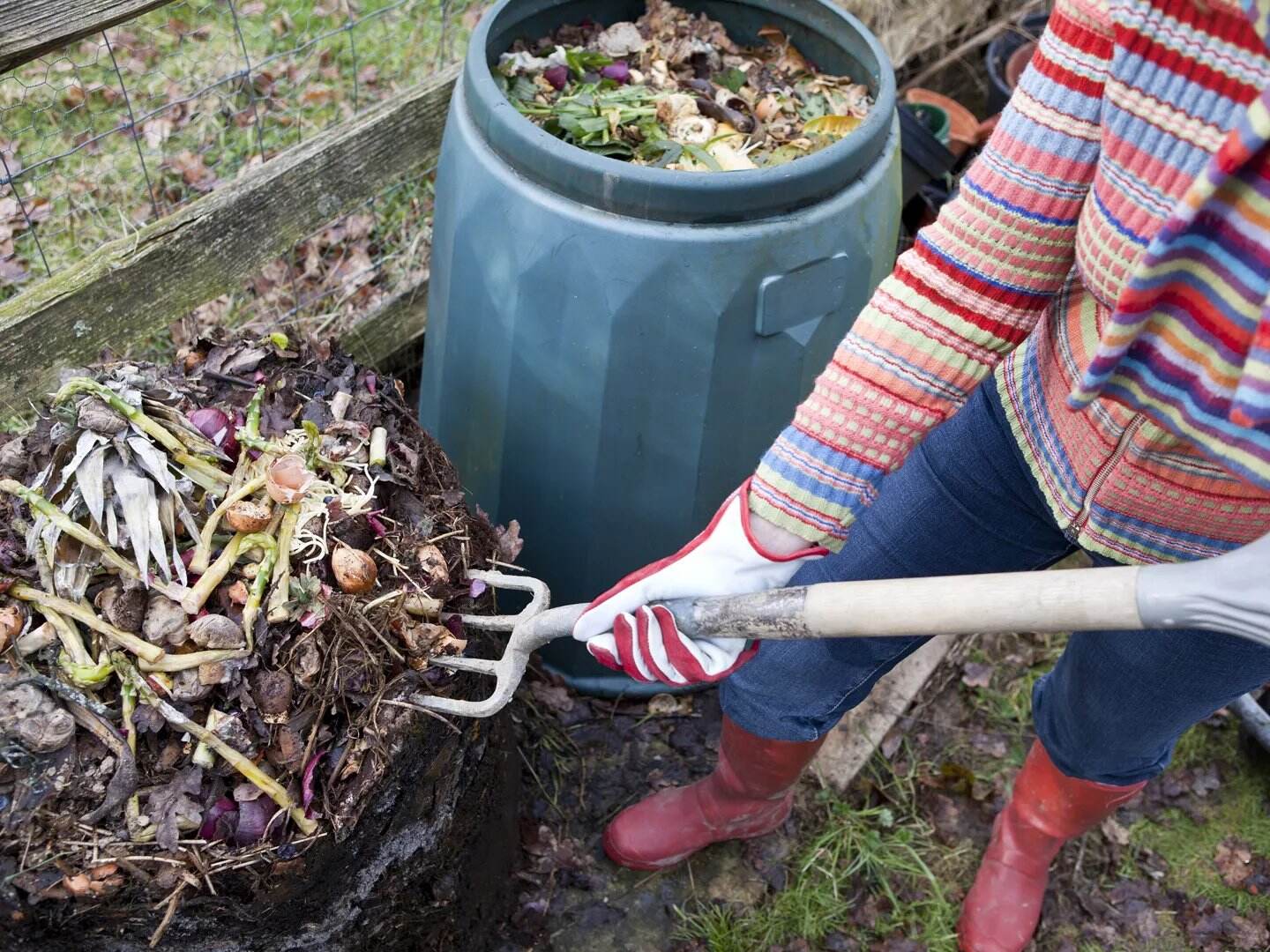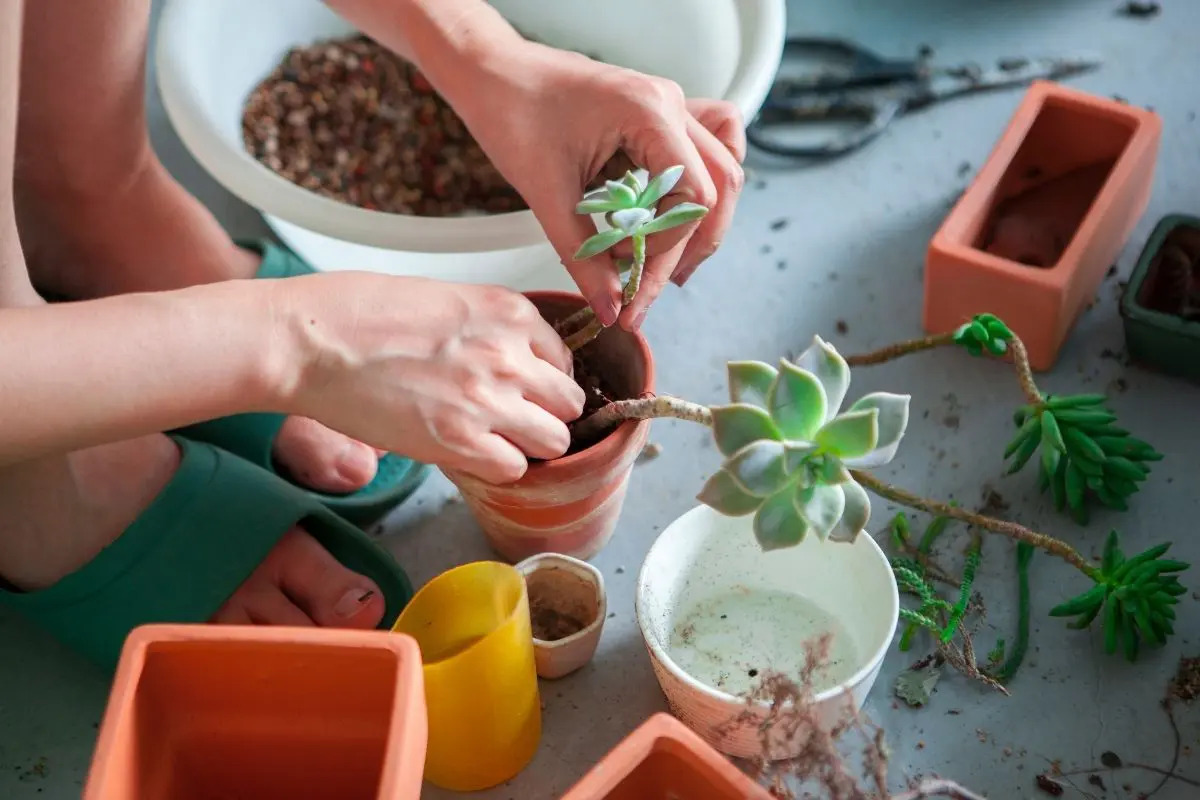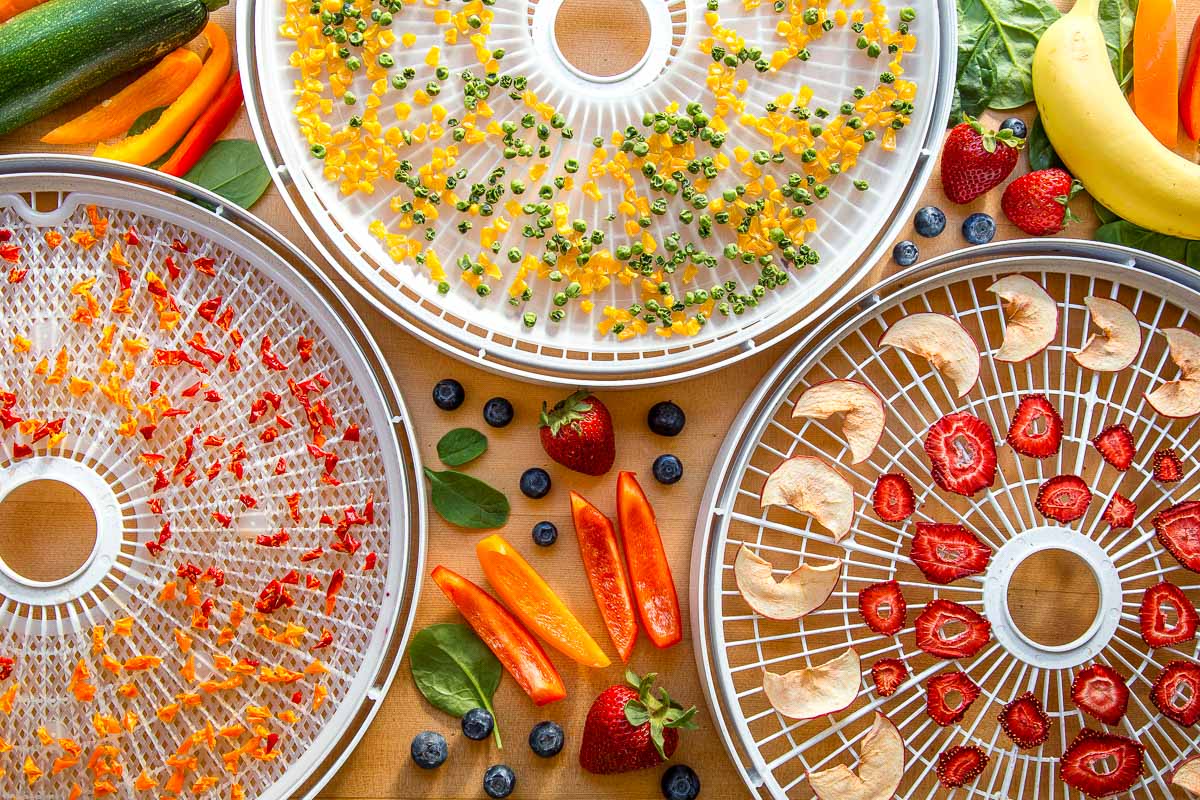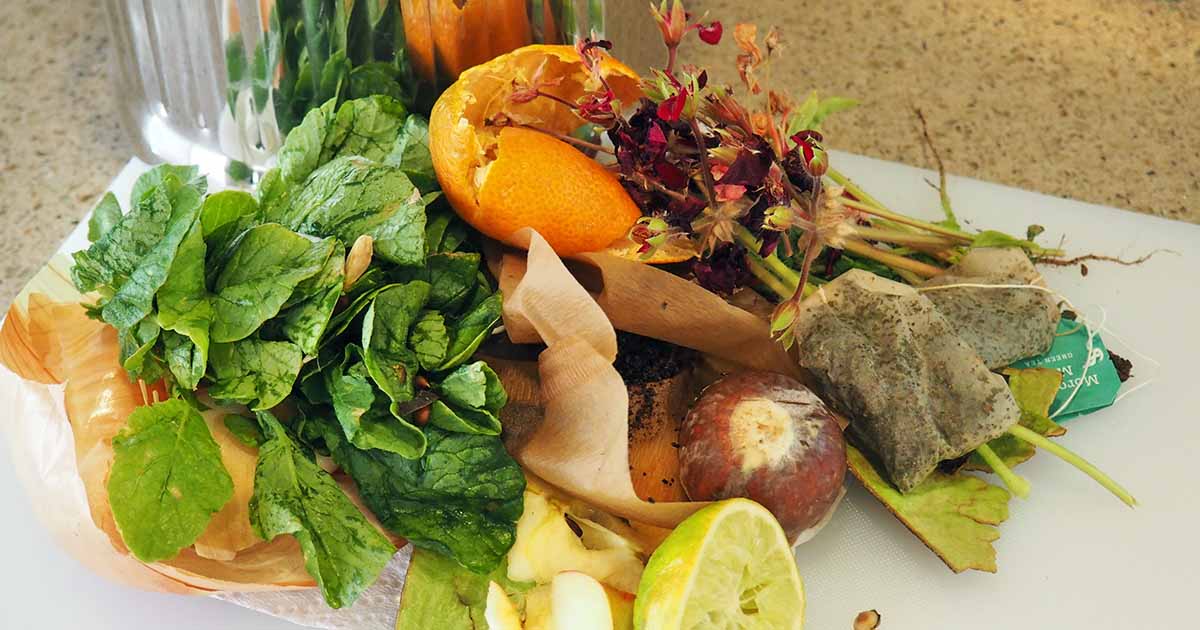Home>Gardening News and Trends>Latest News>How Do I Stir Fry Vegetables
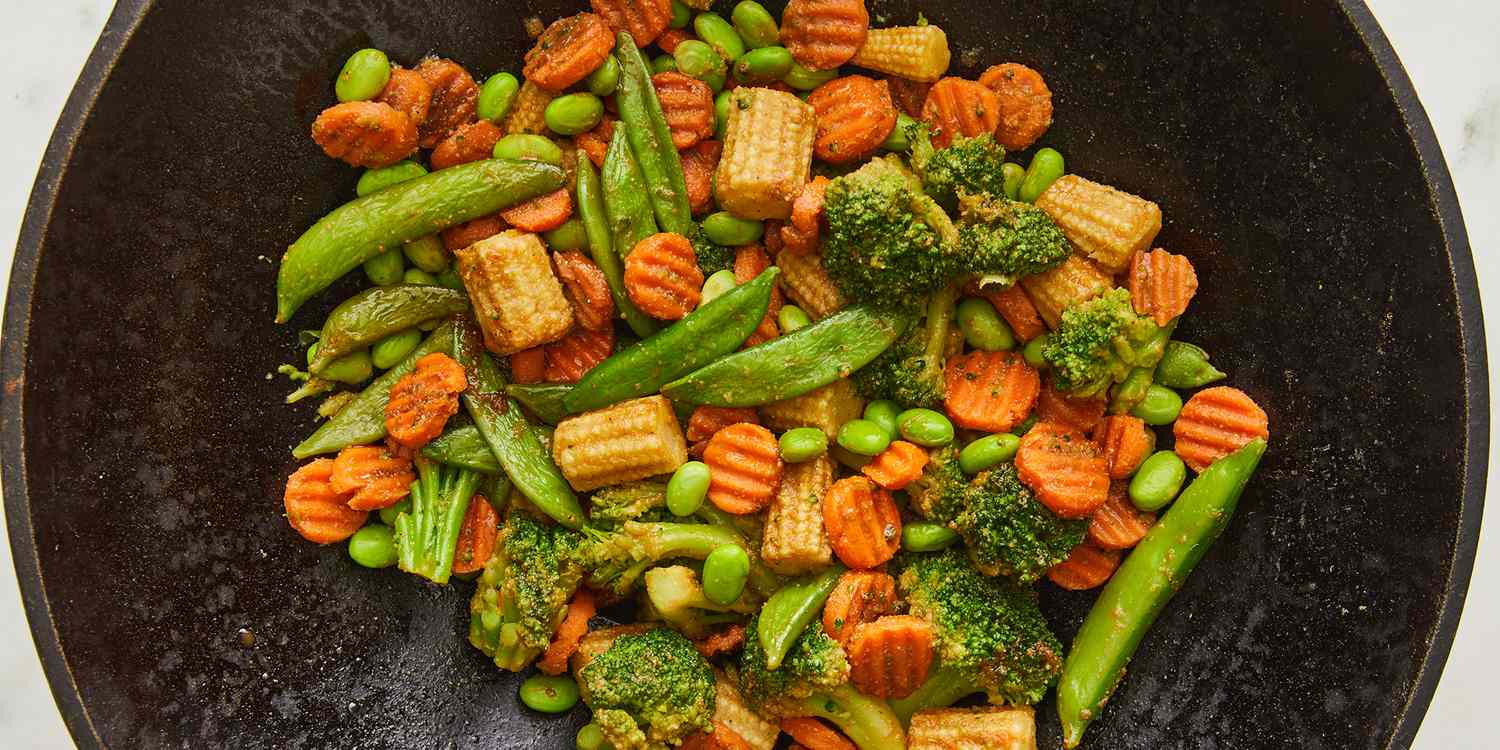

Latest News
How Do I Stir Fry Vegetables
Published: October 14, 2023
Learn the latest news on how to stir fry vegetables and create delicious and healthy meals. Find helpful tips and techniques for perfecting your stir fry dishes.
(Many of the links in this article redirect to a specific reviewed product. Your purchase of these products through affiliate links helps to generate commission for Chicagolandgardening.com, at no extra cost. Learn more)
Table of Contents
Introduction
Stir frying vegetables is a versatile and delicious technique that allows you to retain the nutrients and flavors of the vegetables while creating a quick and easy meal. Whether you’re a seasoned cook or a beginner in the kitchen, stir frying vegetables can be a great way to add variety and nutrition to your meals.
The key to successful vegetable stir frying lies in the preparation and cooking techniques used. By selecting the right combination of vegetables, preparing them properly, and using the right stir-fry sauce, you can create a flavorful and wholesome dish that will leave you satisfied.
This article will guide you through the process of stir frying vegetables, from choosing and preparing the vegetables to mastering the stir-frying techniques. You’ll also find helpful tips and tricks to ensure your stir-fried vegetables turn out perfect every time.
So, roll up your sleeves, grab your favorite vegetables, and get ready to take your stir-frying skills to the next level!
Choosing and Preparing Vegetables
When it comes to choosing vegetables for stir frying, the options are endless. However, it’s important to select vegetables that are suitable for quick cooking and can withstand the high heat of stir frying without losing their crispness and texture.
Leafy greens such as bok choy, spinach, kale, and Swiss chard are excellent choices for stir frying. They cook quickly and add a vibrant burst of color to your dish. Other popular choices include bell peppers, broccoli, carrots, snap peas, mushrooms, and snow peas.
Before stir frying, it’s crucial to properly prepare your vegetables. Start by washing them thoroughly under cold water to remove any dirt or impurities. Trim off the ends of the vegetables and cut them into bite-sized pieces or julienne strips to ensure even cooking.
Some vegetables, like broccoli and cauliflower, may benefit from blanching before stir frying. This involves briefly boiling them in salted water for a few minutes to soften them slightly and enhance their vibrant color. After blanching, drain them well and pat them dry before adding them to the stir fry.
Additionally, consider marinating your vegetables before stir frying. This step can infuse them with extra flavor and make them more tender. Simply toss your vegetables in a mixture of your choice, such as soy sauce, garlic, ginger, and a touch of sesame oil, and let them sit for about 15 minutes before cooking.
Remember to keep the vegetable pieces uniform in size, ensuring they cook evenly. If you’re using a combination of vegetables with different cooking times, you can blanch or partially cook the longer-cooking vegetables before adding them to the stir fry.
By selecting and preparing your vegetables carefully, you’ll be on your way to creating a colorful and delicious stir-fried vegetable dish. Now that we’ve covered choosing and preparing the vegetables, let’s move on to preparing the stir-fry sauce.
Preparing the Stir-Fry Sauce
The stir-fry sauce is a crucial element in bringing flavor and depth to your stir-fried vegetable dish. While there are countless store-bought options available, making your own sauce allows you to customize the flavors and control the ingredients.
A basic stir-fry sauce typically consists of a combination of soy sauce, oyster sauce, sesame oil, and cornstarch. This combination provides a balance of saltiness, sweetness, and umami flavors. You can also incorporate other ingredients like garlic, ginger, chili paste, or vinegar to elevate the taste.
Here’s a simple recipe to prepare your own stir-fry sauce:
- Start with approximately half a cup of soy sauce as the base of your sauce. Choose a low-sodium option if you prefer to control the saltiness.
- Add a tablespoon of oyster sauce for additional savory depth.
- Incorporate a teaspoon of toasted sesame oil to enhance the nutty flavor.
- To thicken the sauce, mix in a tablespoon of cornstarch dissolved in a couple of tablespoons of water. This will give your stir-fry a glossy finish.
- If desired, add minced garlic, grated ginger, or a splash of vinegar for extra flavor.
Once you have combined the ingredients, whisk or stir well to ensure the cornstarch is fully dissolved. The sauce is now ready to be used in your stir-fry.
Remember that the stir-fry sauce is versatile, and you can adjust the ingredients to suit your taste preferences. You might prefer a sweeter profile by adding a teaspoon of honey or brown sugar, or a spicier kick by incorporating some chili paste or crushed red pepper flakes.
As you become more confident in your stir-frying skills, don’t be afraid to experiment with different combinations of ingredients to create unique and delicious sauces.
Now that you have your stir-fry sauce ready, it’s time to dive into the essential techniques for stir-frying the vegetables.
Stir-Frying Techniques
Mastering the proper stir-frying techniques is essential to achieve the perfect texture and flavor in your vegetable stir fry. These techniques will help ensure that your vegetables are cooked evenly and retain their crispness and vibrant colors.
1. Heat the wok or pan: Before adding any ingredients, heat your wok or pan over high heat. This ensures that the pan is hot enough to quickly cook the vegetables, allowing them to maintain their textures and flavors.
2. Add oil: Once the pan is hot, add a high smoke-point oil such as vegetable oil, peanut oil, or sesame oil. Swirl the oil around the pan to coat the surface evenly.
3. Stir-fry in batches: It’s important not to overcrowd the pan to avoid steaming the vegetables instead of stir frying them. Add a small batch of vegetables at a time, stir frying them until they are cooked but still crisp. Remove the cooked batch and set it aside, then repeat with the remaining vegetables.
4. Constant stirring: Stirring the vegetables constantly ensures even cooking and prevents them from sticking to the pan. Use a spatula or a pair of tongs to toss and flip the vegetables, allowing them to cook on all sides.
5. Cook Firm Vegetables First: When stir frying a combination of vegetables with different textures, start with the vegetables that take longer to cook, such as carrots or broccoli. Stir fry them until they are slightly tender before adding the softer vegetables like zucchini or bell peppers.
6. Add the sauce: Once all the vegetables are cooked, return the cooked batches to the pan. Pour in the prepared stir-fry sauce and toss the vegetables to evenly coat them. Continue stir frying for a minute or two, allowing the sauce to thicken slightly and cling to the vegetables.
7. Garnish and serve: Sprinkle your stir fry with fresh herbs such as cilantro or green onions for added freshness and aroma. Serve the stir-fried vegetables immediately while they are still hot and crunchy.
By practicing these stir-frying techniques, you’ll be able to create delicious and visually appealing stir-fried vegetable dishes that are bursting with flavor.
Now that you’ve mastered the techniques, let’s move on to how to stir-fry the vegetables to perfection.
Stir-Frying Vegetables
Now that you have selected and prepared your vegetables and learned the essential stir-frying techniques, it’s time to put it all together and stir-fry your vegetables to perfection.
1. Heat the wok or pan: Begin by heating your wok or a large, flat-bottomed pan over high heat. Allow it to get hot for a couple of minutes before adding the oil.
2. Add oil and aromatics: Add a tablespoon or two of your chosen cooking oil with a high smoke point, such as vegetable oil or peanut oil, to the hot wok or pan. Swirl the oil around to evenly coat the surface. Next, add aromatics like minced garlic, grated ginger, or sliced onions. Stir-fry them for a minute or until fragrant.
3. Add vegetables: Start by adding the vegetables that take the longest to cook, such as carrots or broccoli stems. Stir-fry them for a few minutes until they start to soften. Then, add the remaining vegetables, such as bell peppers, mushrooms, or bok choy, and continue stir-frying. Be mindful not to overcrowd the pan and stir the vegetables constantly to ensure even cooking.
4. Cook until vibrant and crisp-tender: Stir-fry the vegetables for about 3-5 minutes or until they are vibrant in color and crisp-tender. They should still have a slight crunch to them, preserving their texture and nutrients.
5. Add sauces or seasoning: At this point, you can add your prepared stir-fry sauce or any additional sauces or seasonings you prefer. Pour the sauce over the vegetables and toss them to coat evenly. Allow the sauce to cook with the vegetables for another minute or two to meld the flavors together.
6. Taste and adjust: Give the stir-fried vegetables a taste and adjust the seasonings if needed. You can add a pinch of salt, soy sauce, or a squeeze of lemon or lime juice to enhance the flavors to your liking.
7. Serve: Once the stir-fried vegetables are cooked to your desired tenderness and are full of flavor, transfer them to a serving dish. Garnish with freshly chopped herbs, such as cilantro or green onions, for a burst of freshness and visual appeal.
Serve your stir-fried vegetables as a standalone dish or as a side alongside steamed rice or noodles. Enjoy the vibrant colors, crisp textures, and delightful flavors of your homemade stir-fried vegetables.
Now that you’ve successfully stir-fried your vegetables, let’s explore some helpful tips to ensure your stir-fried vegetables turn out perfect every time!
Tips for Perfect Stir-Fried Vegetables
Mastering the art of stir-frying vegetables takes practice, but with these helpful tips, you’ll be able to achieve perfect results every time:
1. Prep in advance: Before starting the stir-fry, make sure all your ingredients are prepped and nearby. Stir-frying is a fast cooking method, and having everything ready will ensure a smooth and efficient cooking process.
2. Use high heat: Stir-frying requires high heat to quickly cook the vegetables while retaining their crispness. Ensure your wok or pan is adequately preheated before adding the oil and starting the stir-fry.
3. Cut vegetables evenly: To ensure even cooking, cut your vegetables into uniform sizes. This will prevent some pieces from becoming overcooked while others are undercooked.
4. Do not overcrowd the pan: Overcrowding the pan can result in steaming the vegetables instead of stir frying them. Stir-fry in small batches, allowing enough space for the vegetables to cook quickly and evenly.
5. Maintain constant stirring: Keep the vegetables in constant motion while stir-frying to prevent them from sticking to the pan and ensure even cooking. Use a spatula or tongs to toss and flip the vegetables throughout the process.
6. Add sauce towards the end: To prevent the vegetables from becoming overly soggy, add the stir-fry sauce towards the end of the cooking process. This allows the flavors to meld together without compromising the crisp texture of the vegetables.
7. Don’t overcook the vegetables: The goal of stir-frying is to preserve the vibrant colors and crunchy textures of the vegetables. Be mindful not to overcook them, as they should still retain a slight crunch and their nutrients.
8. Experiment with seasonings: While a basic stir-fry sauce can be delicious, don’t be afraid to experiment with different seasonings to add variety to your stir-fried vegetables. Try using different types of sauces, spices, or herbs to create unique flavor profiles.
9. Customize to your taste: Stir-frying is a versatile cooking method, so feel free to customize your vegetable selection based on your personal preferences. You can mix and match different vegetables to create a vibrant and nutritious stir-fry.
10. Enjoy immediately: Stir-fried vegetables are best enjoyed immediately after cooking. Serve them hot and fresh to savor their flavors and textures at their peak.
With these tips in mind, you’ll be well on your way to creating perfect stir-fried vegetables that are bursting with flavor, texture, and visual appeal.
Now that you have learned all the tips and techniques, it’s time to grab your wok or pan and start stir-frying your favorite vegetables!
Conclusion
Stir-frying vegetables is not only a quick and convenient way to prepare a nutritious meal, but it also allows you to enjoy the vibrant colors, crisp textures, and delightful flavors that vegetables have to offer. By following the tips and techniques outlined in this article, you can perfect the art of stir-frying vegetables and create delicious dishes that will impress your family and friends.
Remember, choosing the right vegetables and properly preparing them is the foundation of a successful stir-fry. Pay attention to the cooking times of different vegetables and consider blanching certain varieties before stir frying to achieve the ideal texture.
Additionally, preparing a flavorful stir-fry sauce can elevate the taste of your dish. Experiment with different combinations of ingredients to find your perfect balance of flavors, and don’t be afraid to add your own personal touch.
When it comes to stir-frying, the proper techniques are crucial. From heating the pan to constant stirring and cooking in small batches, these techniques ensure that your vegetables cook evenly and retain their crunchiness.
Lastly, the tips for perfect stir-fried vegetables provide guidance on prepping in advance, using high heat, not overcrowding the pan, and adding the sauce towards the end to maintain the freshness of the vegetables.
Stir-frying vegetables allows you to be creative in the kitchen, incorporating your favorite vegetables and experimenting with various seasonings and sauces. It’s a versatile cooking method that can be enjoyed as a main dish or served as a tasty side dish.
So, whether you’re a novice or a seasoned cook, now is the time to bring out your wok or pan and start stir-frying. Embrace the flavors, textures, and colors that stir-fried vegetables offer, and enjoy the satisfaction of creating a healthy and delicious meal right in your own kitchen.

